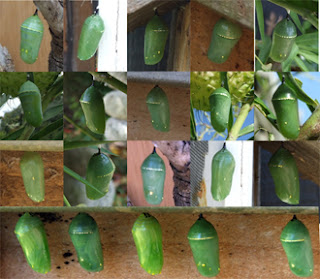But enough of the trip down memory lane. The British Government has recently announced that it is pledging over £17 million towards robotics and artificial intelligence (AI) research in universities. Of course the drive behind this is as much economic as a love of STEM: Accenture's 2016 report Why Artificial Intelligence is the Future of Growth states that AI could contribute up to £654 billion to the UK economy by 2035, if comprehensively integrated into industry and society. Sectors utilising cutting-edge technology such as pharmaceuticals and aerospace will be able to grow markedly thanks to AI and robotics, so now is indeed a great time for children to learn the necessary core skills.
New Zealand too is determined not to be left behind in the development of such technology, which it is hoped will create new jobs whilst stimulating economic growth. One such programme aimed in this direction is Kiwibots, home to New Zealand's contenders for the annual Vex Robotics World Championship. The largest international robotics competition, over thirty nations are taking part this year. New Zealand's national finals recently took place at Massey University in Albany, north of Auckland. The winning teams have been announced and among those qualifying for the World Championship in Kentucky next month is one from an all-girls school, which is great news.
My daughters attend another all-girls school that competed in the national championships, giving me the opportunity to examine one of their robots in person. Vex EDR primarily consists of metal components including perforated strips reminiscent of the Meccano toy building system I had as a child - and indeed their construction techniques are not dissimilar - although EDR incorporates battery-driven motors and elastic band 'muscles'. EDR is aimed at senior/high school students, but primary/elementary and intermediate schools are not left out, thanks to the mostly plastic-built Vex IQ system which is closer to the Lego Mindstorms/Technic ranges.
Vex EDR robots can either be wheeled or tracked and include towers and arms with manipulators. They can be remote controlled or programmed using ROBOTC, a C-based programming language: not only do the students get to be engineers but computer programmers too. Younger roboteers can use a drag-and-drop interface to assemble code whilst older ones may write and test code using an editor. In order to aid code writing, Robot Virtual Worlds is, as the name suggests, a simulated environment for testing virtual robots, even including an underwater scenario (which is obviously not achievable with the real thing)!
To encourage more girls to participate in the traditionally male world of engineering, the Robotics Education and Competition Foundation has created Girl Powered, a series of challenges for EDR and IQ systems.
In addition to learning specific technical skills, the experience can generate enthusiasm for STEM subjects - after all, it's rather more exciting than most school lessons - whilst providing useful experience in general skills such as collaboration and problem-solving. The creativity and teamwork involved in Vex robotics shows that some elements of science and engineering are not overtly difficult, abstractly mathematical or plain boring. When I was an onlooker at the national finals, the looks of tension and joy on the roboteers' faces said it all.
As Vex themselves state: Think. Create. Build. Amaze.
What better way could there be to encourage children towards STEM careers, especially when AI and robotics will undoubtedly play an ever more important role in the coming decades?









